Robots share their experiences with one another – Insight into the future of next generation robots
The future belongs to self-learning robots that interact with human beings, explains Yoshiharu Inaba, Chairman and CEO of Fanuc, the Japanese robot and controller manufacturer. With robots, the entrepreneur seeks to handle future growth. And locally networked managers are intended to help them do so.
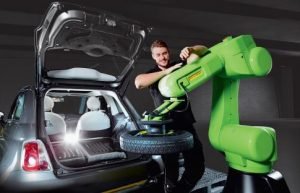 Interview with Dr.Y. Inaba, chairman and CEO of FANUC
Interview with Dr.Y. Inaba, chairman and CEO of FANUC
Mr Inaba, would you please formulate what you believe to be the key trends in robotics over the next 3 to 5 years?
Y. INABA: For us, artificial intelligence is one of the most important trends. We want to develop deep-learning concepts for self-learning machines, for example. Add to this the Internet of Things and robots that interact with human beings – in this, we speak of collaborative robots. And we need to think about new materials.
In the year 2015, you presented your first collaborative robot. What plans are you pursuing in this field?
Y.I: That was our collaborative robot with a 35 kg payload. In the meantime, we have introduced models for 4 kg and 7 kg. Our objective is now to build up a complete series. This means that we are planning to supplement our range in the near future with a collaborative robot for a 15 kg payload. And we’re considering payloads of more than 35 kg.
Many of your competitors are concentrating on smaller robots with lower payloads, e.g. for the assembly of electronics components. What makes your strategy different?
Y.I: We have our eyes set on the automotive industry. That’s where you need higher payloads. We also see a market demand for smaller collaborative robots. But for the time being, we are focusing on the models I mentioned.
How many of your collaborative robots have you sold to customers in the meantime?
Y.I: We do not wish to discuss exact sales numbers, but we have produced more than 600 units.
Can you at least say whether the demand is growing the way you expected, or is it more a hype that doesn’t translate into sales figures?
Y.I: We have many customers who are interested in collaborative robots. They want to try them out. Here we are talking about a majority of our customers. But it will still take some time before the companies conceive of more concrete applications. At the moment, they are still going through a learning curve.
How long would you expect that to take?
Y.I: I assume that in 5 to 10 years, one out of two robots we sell will be a collaborative robot.Other manufacturers are clearly more optimistic in that regard, and speak of collaborative robots achieving a breakthrough within 2 to 4 years.With our 35 kg robot, we have a clear differentiating characteristic compared to our competitors’ products. It takes more research work to develop a safe heavy-duty robot than with smaller models. Initially, people also have more respect for larger robots. That is why implementation in practice surely requires more time than lightweight robots.We also need to develop corresponding safety functions. In doing so, it’s not just about the robot itself. The gripper is also required to be safe, and it is not allowed to pose a danger to the industrial worker due to the workpiece.In terms of collaborative robots, however, we cannot engage in the industry hype. Thus, right now we are concentrating on establishing our product family between 4 kg and 35 kg. Afterwards, we want to develop solutions for even higher payloads.
How far along are you with the “lights out factory” – the fully automated plant – in your company?
Y.I:We have fully automated factories in individual areas, e.g. for servo motors, and we are showing them to our customers. We currently have 3,000 robots in our production, and we will continue to automate, also in order to guarantee the quality of our products.
Several years ago, you had only 400 employees and production in Japan.
Y.I:The number of employees and production will not increase at a rate similar to the number of robots. In total, however, with a staff of 6500, we have more employees than ever before.
You cited deep learning as an important trend. What objectives are you pursuing in this area?
Y.I:We have taken over a share of 6% in the company Preferred Networks, PFN, because they can help us with their expertise. The Japanese start-up has a unique technology for deep learning that we do not have.
By that you mean a form of artificial intelligence. How do you want to integrate this into your products?
Y.I:We are working very closely together and utilising deep learning for our zero-downtime function. By doing so, we are eliminating downtimes in production. Another example is bin picking. Unsorted components are automatically identified and picked. Both developments are proceeding very successfully from our perspective.With deep learning, for example, we have been able to run production lines in the United States involving a total of approx. 7,000 robots for one year without unplanned downtimes.

What strategy are you pursuing in the growth market of China?
Y.I:The strategy is the same worldwide. We want to be the best supplier for robots. We leave the integration to systems integrators, who can very quickly respond to the needs of their customers.
Our strategy worldwide is “one face to the customer”. For China, this means, for instance, that German or European customers operating factories in China, encountered not only a local point of contact but also people who share the same mentality. For this purpose, our regional CEOs meet regularly and also make joint calls on customers. It’s the same throughout the world. This fosters trust among customers.

What is your market share there?
Y.I:We are currently the market leader in China. This is also due to the fact that we supply many German and international companies there. We do not discuss any concrete market numbers.
Worldwide, there is a fear or at least a scepticism towards cultures that appear foreign. How do you deal with this as a Japanese company?
Y.I:Quite simply: Everywhere in the world, we use local managers for our locations. We want to keep the Japanese staff numbers in the respective country as low as possible. By doing so, we have a local face engaging customers in every market. In Germany, for example, it is Olaf Kramm, for Fanuc Europe we have Olaf Gehrels, Rick Schneider as CEO in the United States and Qian Hui in China.
How high is your market share in Germany and Europe?
Y.I:In Europe, our share with robots – i.e. without CNC controls is roughly 25%. In Germany, we anticipate a market share of 26% to 27% for 2016.In Europe, we have a strong position, and we are the second-largest supplier. In many European countries, we are number one. With a view towards the German automotive manufacturers and our role there, however, we have good opportunities to become number one throughout Europe in the next five years.
Source: T&T - Tehnică și Tehnologie
Photo/video source: T&T - Tehnică și Tehnologie

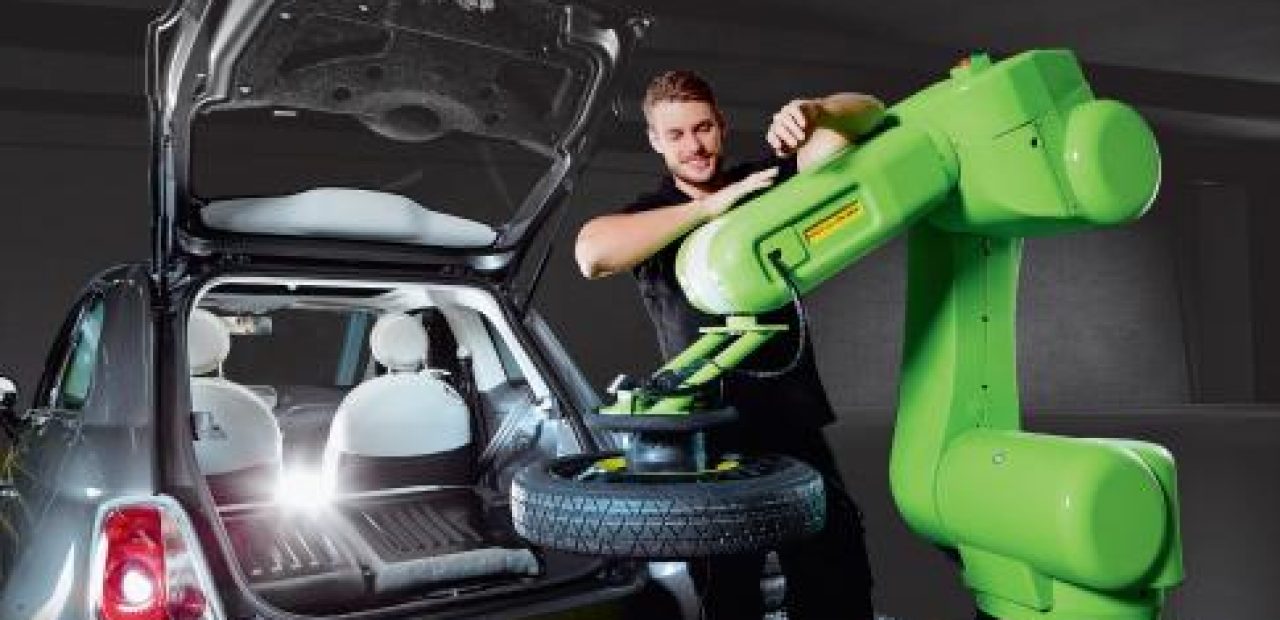

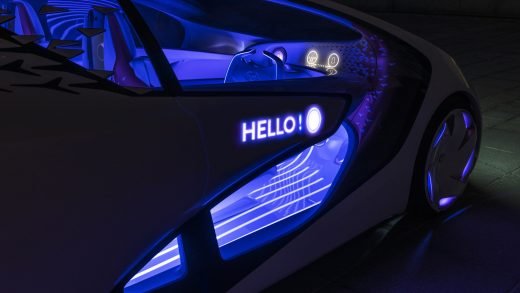
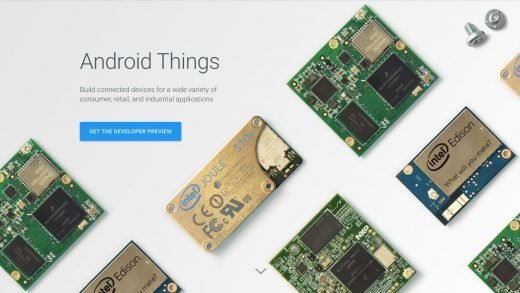
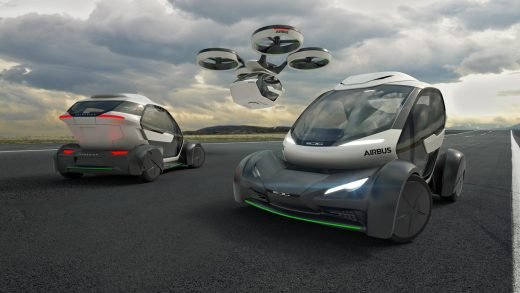
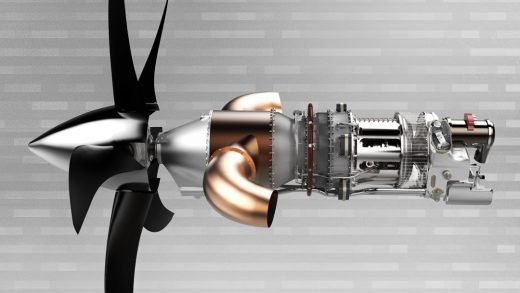
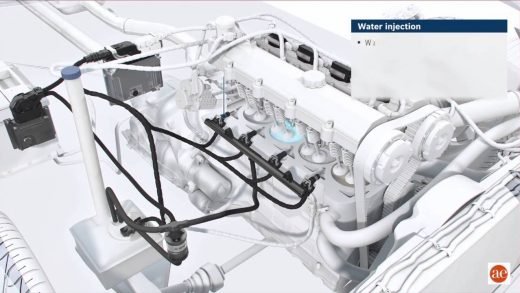
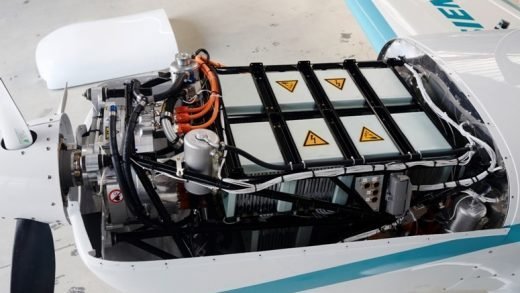
Recent Comments